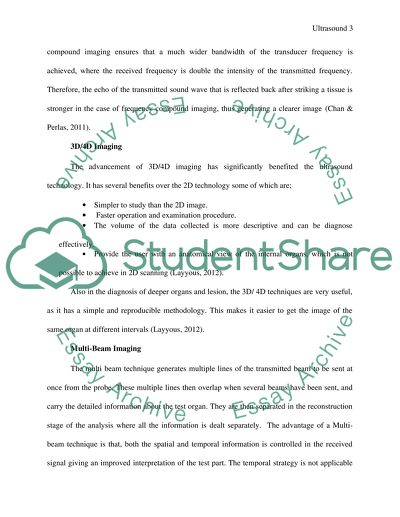Cite this document
(“Three Questions on Ultrasound (500 words per question) Term Paper”, n.d.)
Retrieved from https://studentshare.org/health-sciences-medicine/1605962-three-questions-on-ultrasound-500-words-per-question
Retrieved from https://studentshare.org/health-sciences-medicine/1605962-three-questions-on-ultrasound-500-words-per-question
(Three Questions on Ultrasound (500 Words Per Question) Term Paper)
https://studentshare.org/health-sciences-medicine/1605962-three-questions-on-ultrasound-500-words-per-question.
https://studentshare.org/health-sciences-medicine/1605962-three-questions-on-ultrasound-500-words-per-question.
“Three Questions on Ultrasound (500 Words Per Question) Term Paper”, n.d. https://studentshare.org/health-sciences-medicine/1605962-three-questions-on-ultrasound-500-words-per-question.


